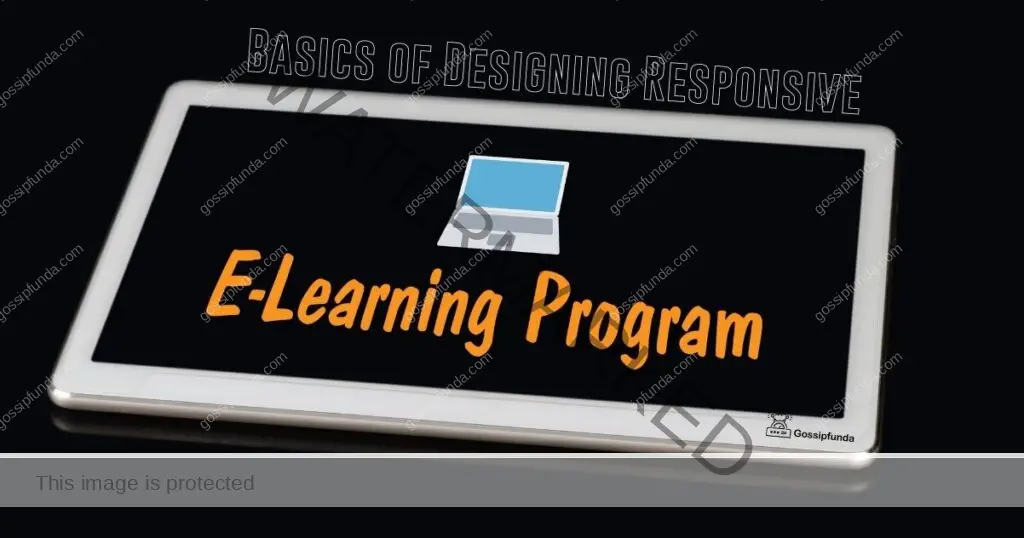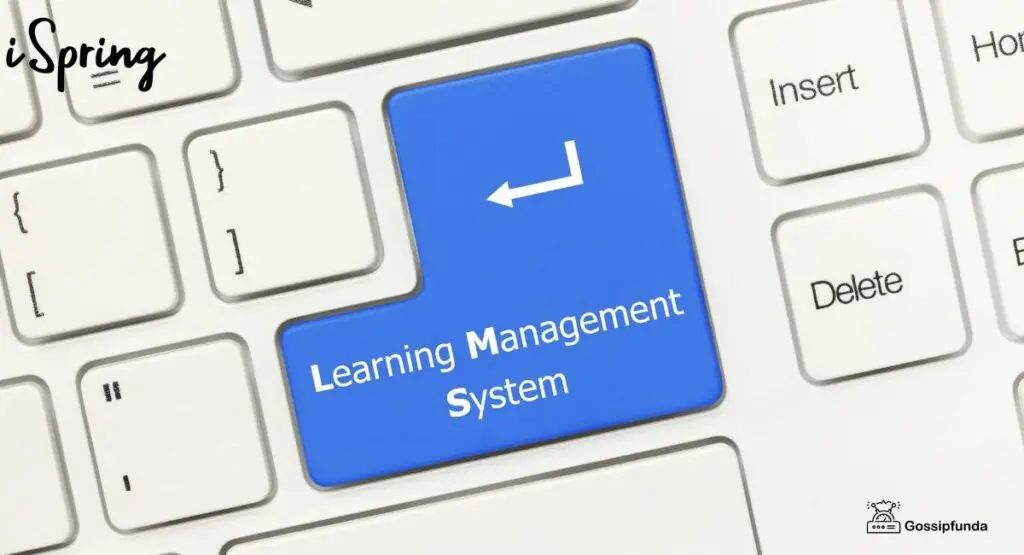Effective study note revision is a pivotal factor in attaining academic triumph. The correlation between well-organized study notes and enhanced exam performance is undeniable, as these notes serve as the bedrock of understanding complex concepts and retaining crucial information. This article will give readers actionable insights into streamlining the process of revision notes for optimal results.
Whether seeking to refine your study materials or considering the prospect of sharing your insights with peers, platforms like Keepnotes offer a valuable avenue for both endeavors. And another of the advantages of working with this service is the opportunity to earn income. You can simply download and sell study notes and get paid.

The Importance of Mindful Note-Taking
Mastering the art of efficient note revision can pave the way for scholastic excellence and foster collaborative learning environments. In these cases, study notes play a vital role in distilling the vast sea of information encountered during lectures and reading sessions. They are concise repositories that capture essential concepts, ideas, and facts, aiding comprehension and knowledge retention.
Numerous studies from leading universities confirm that taking notes improves learning efficiency. To maximize the benefits, you need to rely on proven guidelines: e.g., you can use information from Cornell University Center.
How to Organize Your Study Notes?
Well-structured notes are easily comprehended and swiftly navigated, saving valuable time during revision. You can use these simple recommendations for managing your recordings:
- Color coding can visually categorize information, fostering connections and improving recall.
- Employing headings helps break down complex topics into manageable sections, aiding in focused learning.
- Bullet points distill content to its essence, promoting concise understanding and facilitating quick review.
- Once a week, repeat the material you have learned using simple techniques for better information assimilating.
The main concept to understand and implement is to learn to focus on key ideas. It means that you need to outline the lecture word for word. It will be much more productive to get into the habit of capturing the main concepts. It will also make revising for exams easier in the future.
Why is Using Abbreviations a Must?
Abbreviations allow you to capture complex terms concisely, and it helps make note-taking and reviewing faster. Mnemonic techniques provide memory aids by associating information with easily memorable patterns, facilitating recall. An example is the mnemonic “PEMDAS” (Parentheses, Exponents, Multiplication and Division, Addition and Subtraction) for remembering the order of operations in mathematics. For instance, “DNA” represents “deoxyribonucleic acid”, condensing a lengthy term into a manageable form.
A huge advantage of using abbreviations is that you save time writing outlines. However, it should be noted that making a personal dictionary for yourself is also advisable when using abbreviations. It is especially useful if you sometimes use similar or identical abbreviations with different meanings. And this is also the best way to revise complex terminology, which is particularly common in math, chemistry, biology, and medicine.
Boosting Memory With the Active Recall and Self-Testing
Harnessing the power of active recall and self-testing can significantly amplify memory retention and comprehension when revising study notes. Unlike passive review, active recall prompts the brain to actively retrieve information from memory, reinforcing neural pathways and enhancing long-term retention. Self-testing, through techniques like flashcards or self-posed questions based on study notes, enables students to gauge their understanding and identify areas that require further attention.
One of the popular study tips is an actual game: using flashcards with key concepts on one side and related details on the other can be an effective technique. You can buy ready-made cards for the topic or discipline you are interested in. Or you can make and test your cards to get double the benefit! Regularly quizzing oneself using these methods reinforces knowledge and strengthens recall.
Repetition is the Way to Success in Learning
Spaced repetition emerges as a formidable ally for long-term information retention in the journey toward effective study note revision. Spaced repetition involves revisiting material at increasing intervals and optimizing memory consolidation by strategically reinforcing knowledge when it’s on the brink of fading. This method enhances memory recall and minimizes the risk of forgetting critical information.
To make the most of spaced repetition, it’s essential to establish a consistent review schedule. Regularly revisiting study notes prevents the need for frantic last-minute cramming before exams, distributing learning efforts across time for better results. By adhering to a well-structured revision plan incorporating spaced repetition, students can steadily build a solid foundation of knowledge.
Combine Visual Aids and Study Notes
Visual elements like diagrams, charts, and mind maps provide a dynamic way to represent complex concepts, enhancing understanding and aiding memory recall. To optimize the learning experience, students are encouraged to adopt a balanced approach by combining visual aids and textual notes.
The textual content offers context and details, while visual representations provide a holistic overview and facilitate connections between ideas. By merging the strengths of visual and textual elements, students create a synergy that enriches their study notes, fostering deeper comprehension and better retention.
Through Collaborative Study: The Role of Shared Insights
Through collaborative sessions, students can identify gaps in their study notes, correct misunderstandings, and gain new insights from diverse viewpoints. Discussing the subject matter with peers can unveil alternative ways of interpreting information and ignite deeper exploration of key ideas. Moreover, explaining concepts to others solidifies one’s understanding.
Collaborative study sessions breathe life into study notes, transforming them into living documents that evolve through shared dialogue. By tapping into the collective knowledge of peers, students fortify their comprehension, fostering a dynamic learning environment that extends beyond individual efforts.
Read more: Why Proofreading and Editing Are Crucial for Your Dissertation
As you can see, there are a huge number of techniques and recommendations that help to make the learning process more comfortable and easy. Meanwhile, you raise the quality of memorization and learning to another level. Learning strategies can include creating notes, working with visual tools, and techniques to improve memory. When choosing a set of techniques, consider which methods work best. Try different options and recommendations to organize the learning process to bring pleasure and improve your knowledge!
Awill Guru is a technology enthusiast with degrees in VLSI Engineering (B.Tech, M.Tech) and Android Development. Their passion for education drives them to teach and share knowledge through their blog. He also hold qualifications in Sociology (M.A.) and Education (B.Ed), along with NIELIT O and A Level certifications.



